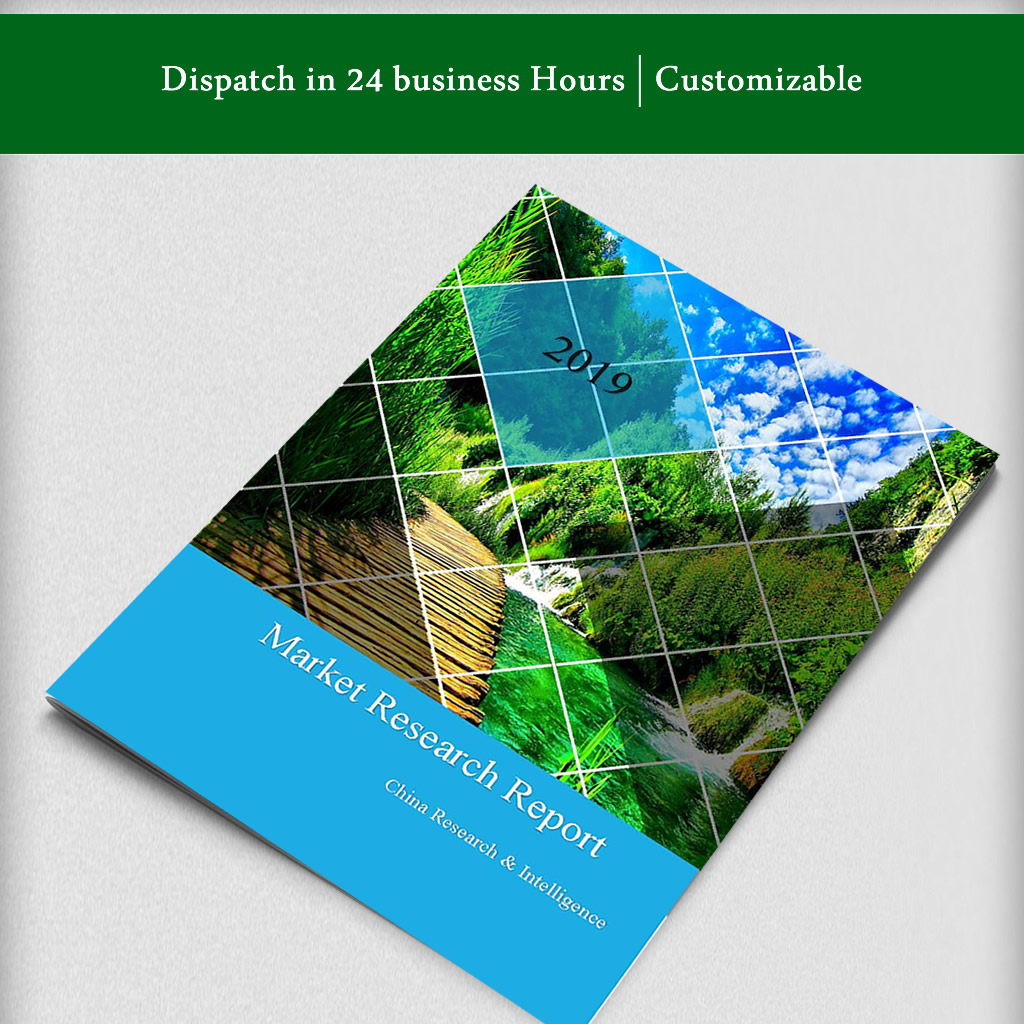Description
The market for conjugate vaccines is expected to increase, owing to global awareness about the benefits of vaccination for the prevention of certain life-threatening diseases, growing initiatives for production of low-cost vaccines, and widespread routine vaccination programmes in emerging economies. The market will witness a steady growth, expanding at a compound annual growth rate (CAGR) of 11.7% during 2017-2022, to reach approximately USD 87.7 Bn by 2022.
Disease indication segment insights:
Pneumococcal conjugate vaccine (PCV) held the largest market share (24.66%) in 2017 owing to the widespread nature of pneumococcal disease. Also, the leading vaccine-preventable cause of death among children around the world is the pneumococcal disease. Global initiatives were undertaken to speed up the introduction of pneumococcal vaccinations in low-income countries through partnerships among countries, donors, academia, international organizations, and industries. Close on its heels, the diphtheria and tetanus toxoids and pertussis (DTP) conjugate vaccine occupied a share of 23% in 2017. The higher prevalence of respiratory diseases such as whooping cough, among both children and adults, have led to the increased adoption of DTP conjugate vaccines. Haemophilus influenzae type b (Hib) conjugate vaccines are expected to grow at the fastest rate during 2017–2022.
End user segment insights:
The adult segment registered higher market share than the paediatric segment because of an increase in awareness on conjugate vaccines for adults, over the years. Still, the penetration level for adult conjugate vaccines is comparatively lower, with the lowest being for PCVs. Hence, the growth potential is very high. The paediatric vaccines, on the other hand is a stable market and depends highly on the birth rates in each region. The vaccination programmes, especially taken up by global organizations such as the United Nations Educational, Scientific and Cultural Organization (UNESCO), have been successful in eradicating many such vaccine-preventable diseases.
Regional insights:
Asia-Pacific is the largest market for conjugate vaccines, which held a share of 42%, in 2017. The primary indicators of the potential for the vaccine market is the geriatric population in the region, especially in countries such as India and China. In turn, this has, encouraged market participants to increase spending on research and development (R&D) and distribution facilities in the these countries. North America is the second biggest market for conjugate vaccines, owing to the region’s widespread immunization programmes. The Middle East and Africa, and Latin America regions lack proper infrastructure and awareness of vaccine-preventable diseases, which are hindering market growth.
Companies covered:
1. GlaxoSmithKline
2. Pfizer Inc.
3. Merck & Co.
4. Novartis
5. Sanofi Pasteur
6. CSL Limited
7. Bharat Biotech International
8. Biological E Limited
9. Serum Institute of India
Customizations available



